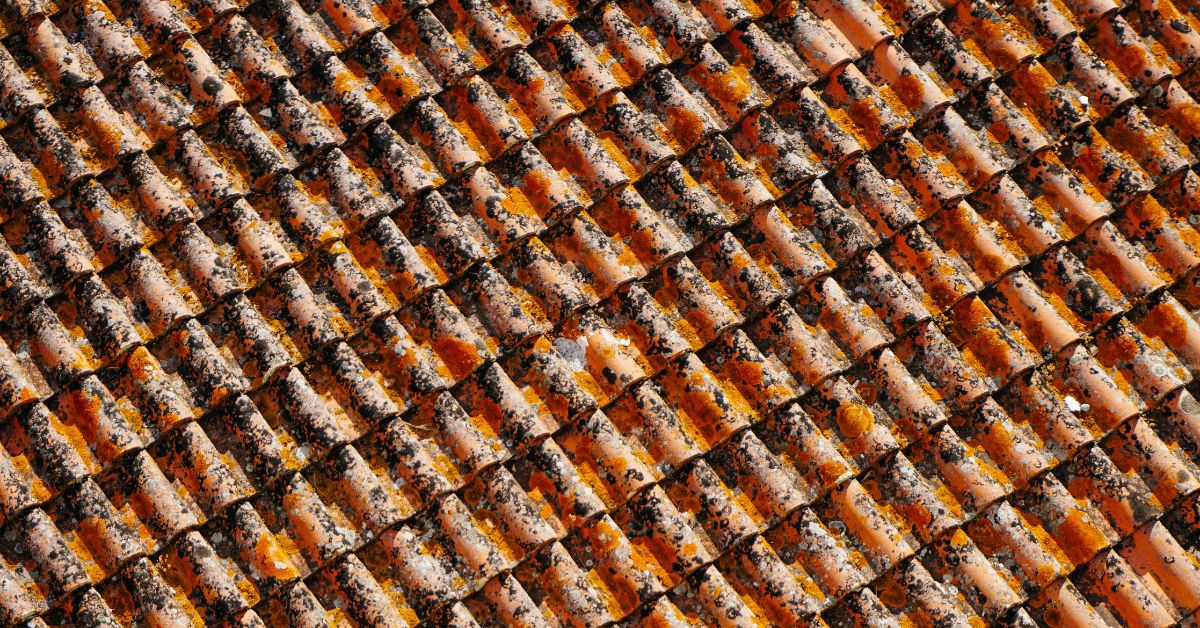Selecting appropriate roofing materials for your house is a critical choice. Apart from shielding your house from the weather, the roof enhances its whole appearance and value. Choosing the suitable roofing material is even more crucial in Australia, where the temperature can be somewhat varied. This advice will enable you to negotiate the choices and come at a wise decision.
Appreciating Your Roofing Requirements
You should know your particular wants before exploring the several roofing materials. Think about things like:
- Climate: Various materials excel in various environments. For locations prone to bushfires, for example, metal roofs are great; tiles would be preferable in places with plenty of rain.
- Budget: Roofing may be a large outlay, hence it’s important to strike a balance between attractiveness and longevity.
- Aesthetic: The kerb appeal of your house could change depending on how your roof looks. Choose something that accentuates the design of your property.
- Longevity: Certain materials outlive others. Think about the length of time you wish your roof to last before you require a replacement.
Typical Building Materials for Roofs
Here are some of the most often used roofing materials in Australian houses:
Tile Roofing
Popular for its traditional look and longevity is tile roofing. Among the several materials used in tiles are terracotta and concrete. They are well-known for their great insulating quality and resistance to strong temperatures.
Benefits:
- Long-lasting, usually spanning more than fifty years.
- Great insulating qualities will help your house be warmer in winter and cooler in summer.
- Opposed to bugs and flames.
Cons are:
- Heavy, maybe requiring extra structural support.
- Costlier than some other materials.
- Can be fragile and easily cracked with strong force.
Metal Roofs
Another often used choice is metal roofing, particularly in places like Shellharbour where the temperature might be difficult. This stuff looks contemporary, is lightweight and robust.
Benefits include:
- Lightweight and simple installation guide.
- With a 40–70 year lifetime, quite robust.
- Reluctant to decay, mildew, fire, and insects.
- Reflects solar radiant heat, therefore lowering hot season cooling expenses.
Negative aspects include:
- Unless very insulated, can be loud during rain or a hailstorm.
- More initial cost than some other materials.
- Perhaps more readily than tiles, you can damage or scrape them.
Considering Metal and Tile Roofing
Consider the advantages and drawbacks of tile and metal roofing depending on your particular requirements and taste.
- Aesthetic appeal: Perfect for older homes or those with a classic architectural style, tile roofing presents a classic and ageless appearance. Modern, elegant metal roofing may improve the appeal of modern dwellings.
- Reliability: Extremely durable yet brittle and hefty at times is tile roofing. Though lightweight and rather strong, metal roofing can be prone to denting.
- Affordability: Generally more costly to buy and install is tile roofing. Though initially more expensive, metal roofing usually proves more cost-effective over time because of reduced maintenance and longer lifespan.
Alternatives for Roofing
Although metal and tile roofs are somewhat common, other materials might also be worth thinking about:
Asphalt Shingles
Though less used in Australia, asphalt shingles are a prevalent roofing material in many other countries.
Benefits:
- reasonable and simple to setup.
- Found in many hues and designs.
Conventions:
- 15 to 30 year shorter lifetime.
- Not as robust in very hostile environments.
Slate Roofing
Often lasting over a century, slate roofing is prized for its elegance and durability.
Positives:
- rather strong and long-lasting.
- gives your house a high-end impression.
Cons are:
- rather costly.
- Heavy and calls for further structural support.
The Part Professional Roofing Services Play
Selecting the appropriate substance marks only the beginning. The lifetime and functionality of your roof depend on a correct installation. Here is where expert services like South Sydney Roofing find application. Their knowledge and experience will help them to install several roofing materials properly, thereby guaranteeing the lifetime of your roof.
Roofing Shellharbour: Case Study
Allow us to examine a real-life situation. Following a major storm, a homeowner required roofing in Shellharbour, specifically a new roof. Following advice from South Sydney Roofing, they decided on a metal roof because of its robustness against extreme conditions. The homeowner was happy with the contemporary appearance and the extra protection from further storms; the skilled installation was swift and efficient.
Maintenance Advice for Extended Longevity
Whatever the roofing material you decide upon, its lifetime depends mostly on regular care. Here are some suggestions:
- Have at least once a year and following significant storms regular inspections of your roof.
- Check gutters must be free in order to stop water damage.
- Cut trees such that their branches stay away from your roof to prevent harm.
- Clear any leaves, twigs, or other trash from your roof to stop moss and algae from proliferating.
Final Thought
The choice of roofing material for your house will greatly affect its longevity, energy economy, and appearance. Knowing the advantages and drawbacks of various materials, such as metal roofing and tile, helps you to choose one that best fits your particular requirements. Recall that the lifetime and functionality of your roof depend on expertly performed professional installation by reputable South Sydney Roofing. Your roof can guard your house for many decades to come with the correct materials and regular care.

